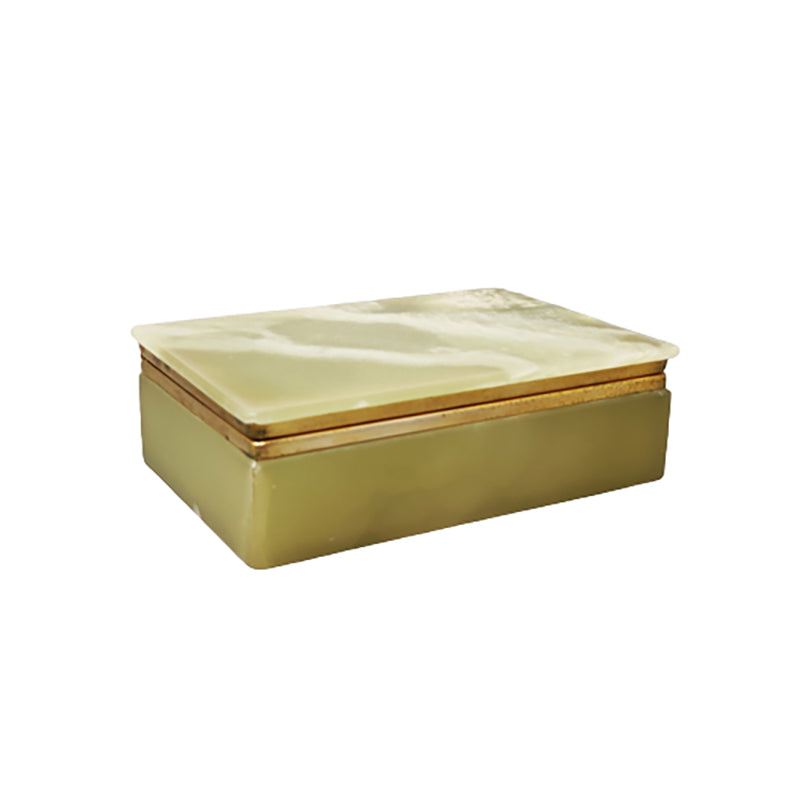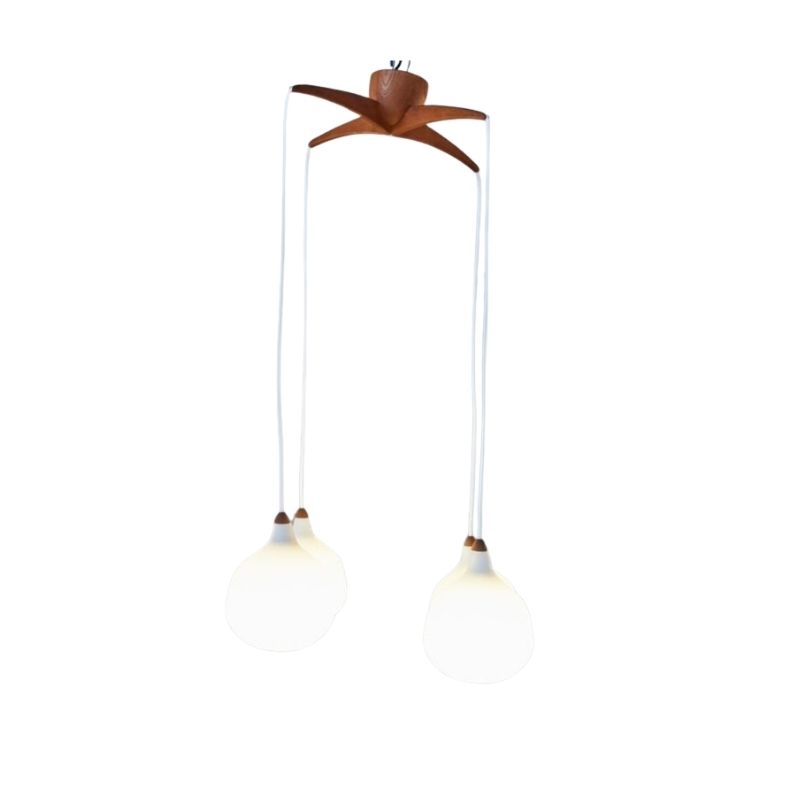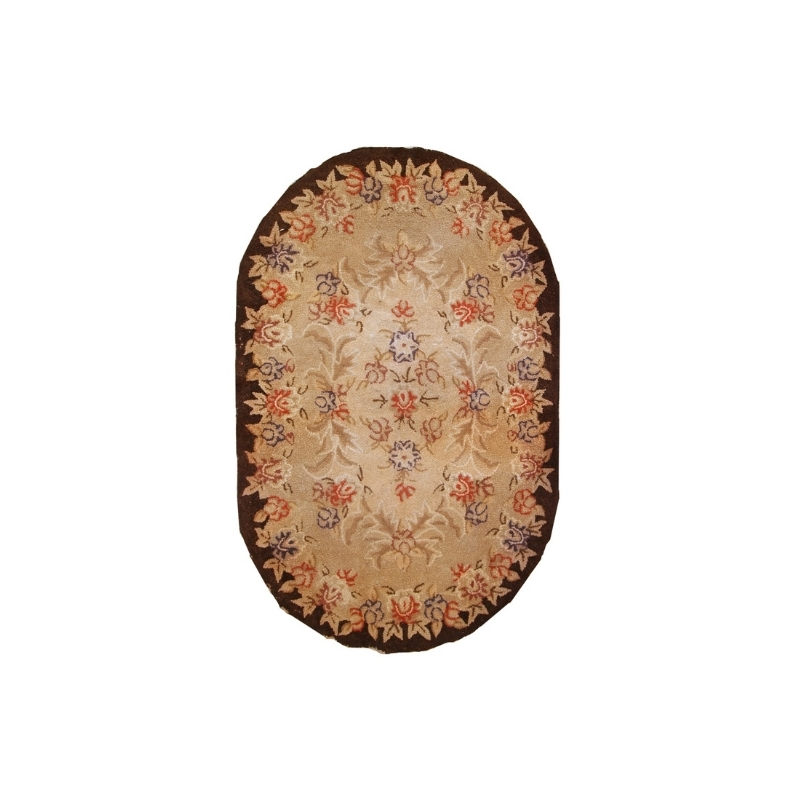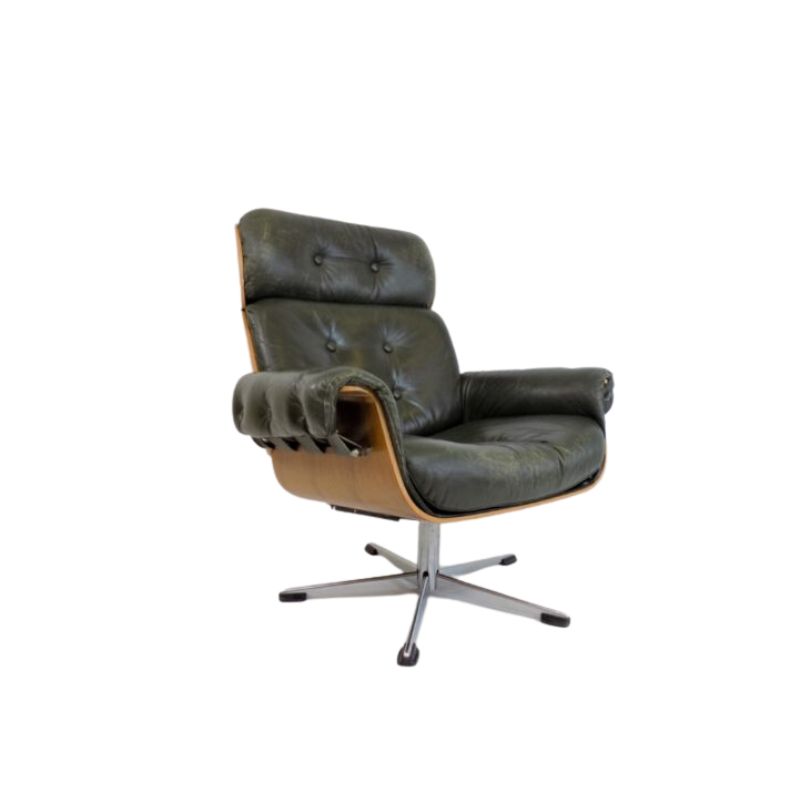Hello everyone,
I recently received my oilded palisander Eames lounge chair. It is my first piece of high end furnature, and I have a few questions that I think could be answered here. The finish of the wood looks a bit different from the pictures I have seen of this same chair with the same wood selection. My chair seems to have a lot less "dark lines" compared to what I usually see. Will lines start to darken and give that start contrast that I see in all the promotional shots, or will it not change much, even with subsequent applications of oil? Thanks in advance.
<img class="wpforo-default-image-attachment wpforoimg" src=" http://d1t1u890k7d3ys.cloudfront.net/cdn/farfuture/WYQFtCDMMsYnbuMm7nZ-s5vVLVq199fQxmzMabBjiPg/mtime:1487891092/sites/default/files/forum/605443CA-FD4A-45EA-A30E-30A7AE51E0C8-17563-00000A599 
wood and UV light
most woods darken with exposure to UV light and/or oxygen when they are newly cut. And when the wood reaches its maximum of darkness, the UV starts bleaching it.
This is speculation, and I could be entirely wrong, but I believe that what is happening is in the beginning UV light is facilitating oxidation of the wood when it is newly exposed to air/light. And the oxidized wood is darker by nature. And this is counteracted by a slower process of the UV breaking down the wood itself, which results in molecules that are lighter by nature. And as a final note, darker wood absorbs more UV, so the UV through the initial darkening makes the wood more prone to UV bleaching.
And that nonsense said, there are a lot of variables, and different woods are different. There is probably someone here who has first-hand experience with a new Eames lounge chair. That would be the gospel truth compared to my pseudo scientific babbling.
"Palisander" What the heck is it?
Until Herman Miller ID's the actual species, we must assume it is 'dalbergia nigra' or, more commonly, "Brazilian rosewood". The color and grain figure of this species can range from stunning to meh. Of course HM is going to choose the best samples for their marketing materials.
If those are pictures of your chair, I'd be pleased if I were you. Yeah, you didn't get much of the heavy brown/black streaking, but it's still a pleasing grain figure compared to some I've seen. I don't think the contrast will change much over time. More likely that the reddish tone will turn towards brown.
A few images of different samples at the link. Be sure to click on the "fact sheet".
http://www.hobbithouseinc.com/personal/woodpics/rosewood,%20brazilian.htm
Santos Palisander from one...
Santos Palisander from one of the premier veneer suppliers in the country
http://www.mbveneer.com/pdf/Santos%20Palisander.pdf
http://www.mbveneer.com/pdf/Santos%20Palisander.pdf
Thank you, norm.
That helps a bit. Common names are are often confusing and misleading, intentionally or otherwise.
I still think Acidshort got a good-looking set.
http://www.hobbithouseinc.com/personal/woodpics/rosewood,%20bolivian.htm
Yours actually looks a bit ni...
Yours actually looks a bit nicer than my oiled palisander example. Herman Miller really chooses the best ones to use in their marketing materials, and I suspect they deepen the reds in photoshop to give it a similar appearance to the brazilian rosewood they used up until the late 1980s. The santos palisander is more orange to the naked eye. Then again, there is a lot of variation in color and grain with this wood. My palisander LCWs have some very dark lines.
I just recently gave mine its first coat of oil after a year and it does seem to have darkened quite a bit while improving the grain contrast. I'm sure that effect will increase over time. You could also use an oil with a little bit of varnish in it if you want to give it that reddish tint.
If you need any help, please contact us at – info@designaddict.com









